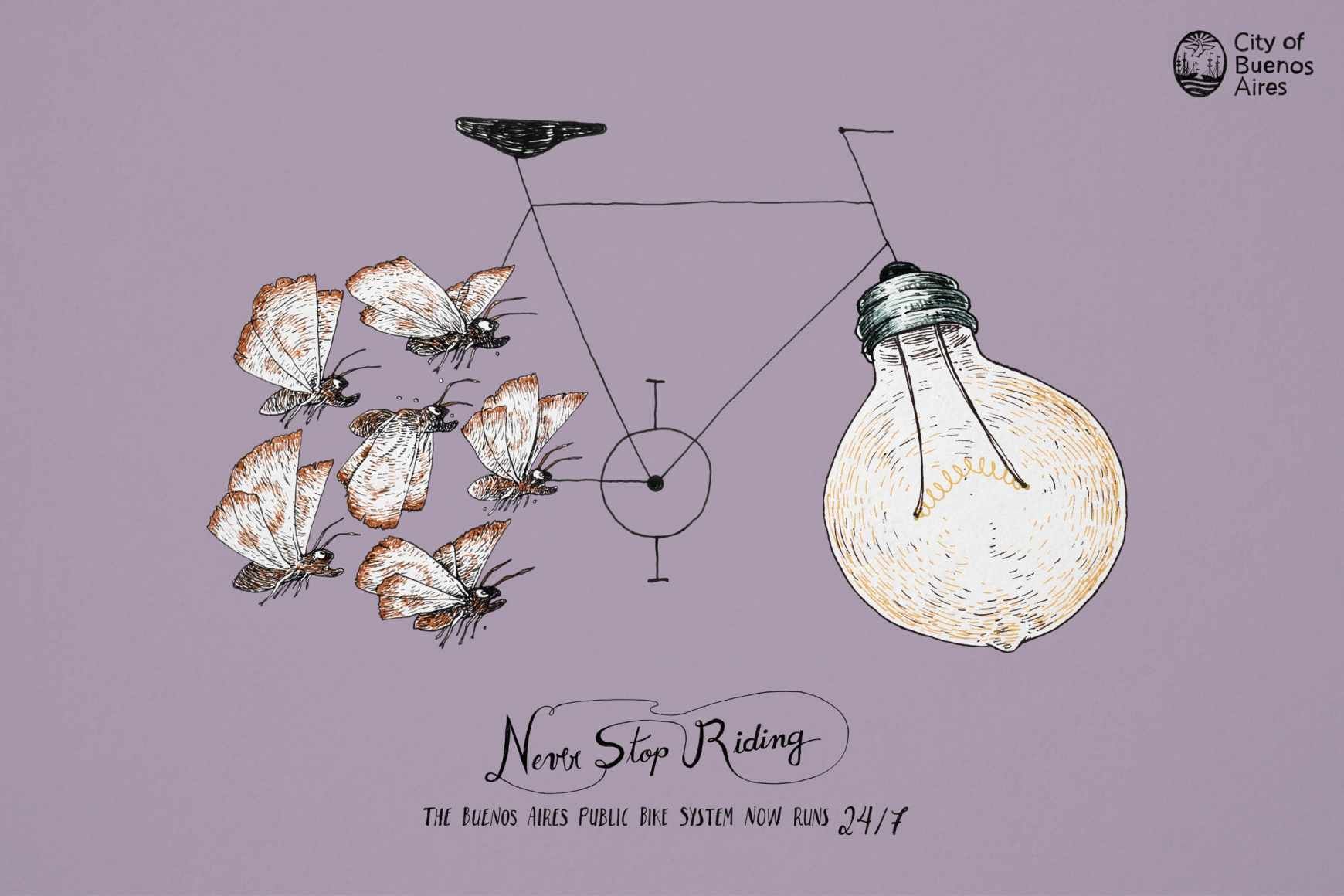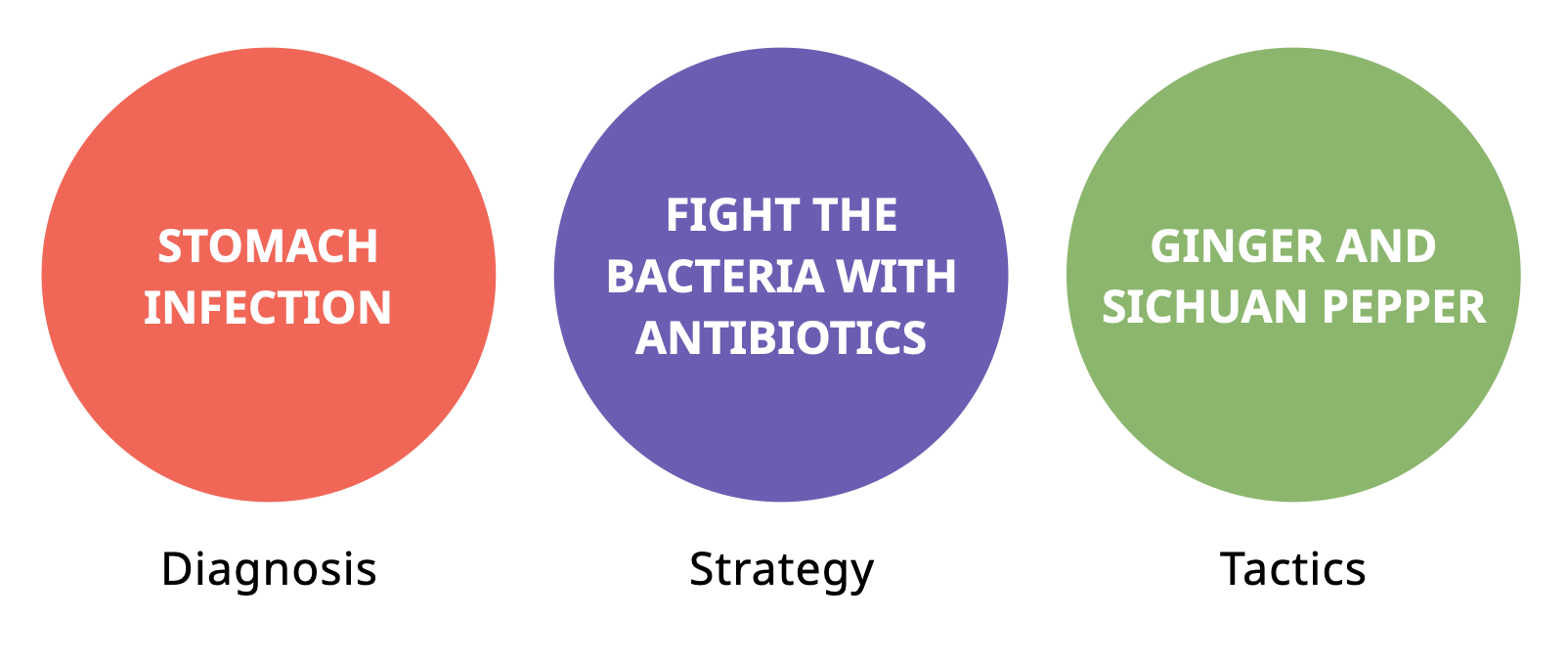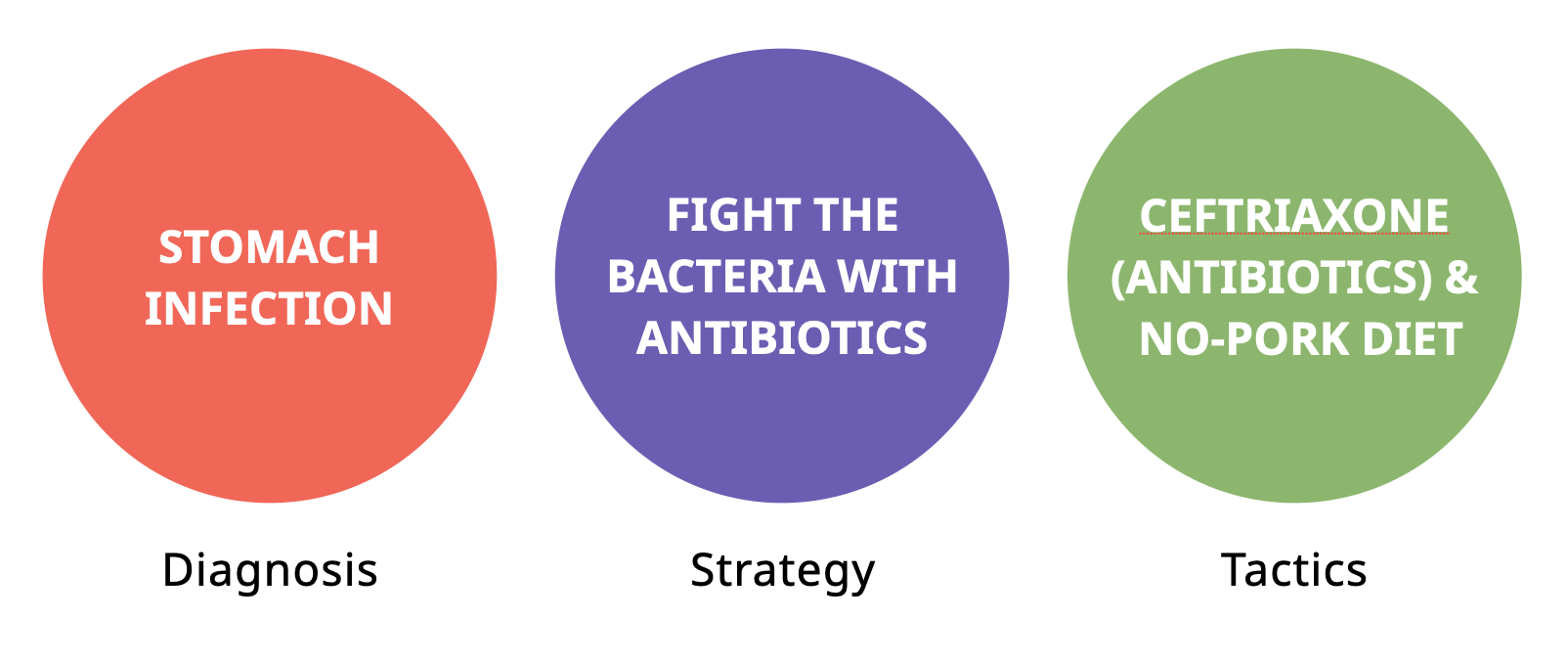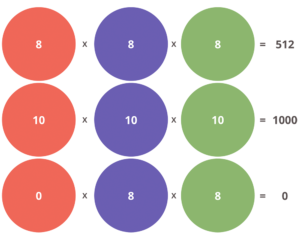People rarely mistake strategy for tactics, but one of the most common mistakes in marketing strategy (or any kind of strategy) is confusing tactics for strategy. When prompted, most people can’t really tell the difference — but knowing the distinct difference between the two makes your strategy (and following tactics) infinitely better.
Creativity without strategy is an answer waiting for a question to be solved
The Cannes Lions is the most famous advertising prize in the world. Some of the winners are inspiring, but 90% of it is just pure fantasy, advertising my mother wouldn’t understand. And despite Cannes Lions calling itself ‘Festival of Creativity’, I don’t think it’s creative. Many of the winners are some visual jokes that designers find a brand for afterward. That’s how advertising awards work, but not how advertising works. Without a strategy, creativity is just pointless.

And even if my mom would understand it, these ads aren’t based on target audience needs. For instance this ad about public bicycles boasts 24/7. I doubt that’s the most important selling point.
So what is strategy?
There’s a lot of talk about strategy but most of the time it’s either nonsense or talking about tactics.
Strategy is not:
- Leadership
- A summary of things going on
- Research
- Ambition
- Or statements such as:
- “Digital transformation”
- A vision to be the most profitable & tech-driven company in the world
- “To passionately innovate what is essential to human progress”
- Winning market share
- Delivering a superior product
- Performance goal setting
- “Agile”
- Hacking
Most of these statements don’t describe anything concrete and only give a vague sense of direction. Some of these things are simply outcomes of strategy (such as winning market share).
There are many descriptions of what a strategy is. My favourite is “A cohesive response to a challenge”, both cohesive, response, and challenge are keywords here.
Three-step model
This model applies to all forms of strategy.

Diagnosis: What the F is going on? Find out the real problem
Strategy: A cohesive response to a challenge.
Tactics: Tactics to deliver the strategy
You can’t do strategy without a diagnosis, and you can’t do tactics without a strategy. Here’s an example about going to the doctor:

Let’s say you live in China 500 years ago and you have pain in your stomach. You go to the doctor, and he diagnoses you have a stomach infection. His strategy is to fight the bacteria with antibiotics. Not surgery or doing nothing. His tactics are ginger and Sichuan pepper.

Very neatly separated steps. It’s a cohesive response to a challenge. One set of actions that all make sense. If you go to a doctor in 2019, the essence is still the same. The doctor says you have a stomach age and will fight the bacteria. But instead of ginger, there are antibiotics like ceftriaxone.

This shows that another good way to separate strategy and tactics is that usually that strategy is timeless, tactics are timely.
Never get your tactics into the strategy
Imagine you’re a doctor yourself and you don’t even know which disease your patient has, and a surgeon rushes into your room: “OK!? Where do I start to cut?” In a similar fashion, many marketeers don’t know what their business problem is, but they start with “OK!? Where do I post my online content?”
The three-step model is a multiplicity. They add up. If you screw one up, everything is horrible. You can calculate this yourself:

A famous strategy example of that is warplanes in the Second World War. They analysed the damage on planes that fought in battles. They saw the bullet holes and damage concentrated on the outer wings, the main body and the tailgate. So they decided to add more armour to these places.

But the logical diagnosis was that these planes make it back. The ones with the damage to other areas crashed. So the correct diagnosis is to add armour on the places without bullet holes: the engines. If you have the wrong diagnosis, it doesn’t matter how good your strategy or tactics are.

For marketeers, many companies have horrible customer care but they keep on pouring out online content. A correct diagnosis-strategy-tactics instead could be something like:

Marketing strategy
Looking at marketing, the same three steps apply. Diagnosis is usually secondary research,
qualitative research and quantitative research. In that order too. Strategy is answering three simple but hard questions: Who? What? How? This has nothing to do with communication yet. That’s in tactics. Tactics are communication, distribution, product and pricing.

Let’s say you’re running a small independent language school in Shanghai. Your school teaches beginner language courses, and specialized courses like engineering terms. Other language schools and universities also teach Chinese. You do not have a price advantage.
You think about expanding opening times, adding another campus, starting online classes, promoting at networking events, hiring better service staff. But without a diagnosis, it’s really difficult to answer this.
Diagnosis: So when you research you find out that many other schools and universities also provide beginner language courses, often at much lower rates. Whatsmore, even though 60% of your students are beginning level students, it’s the specialized courses with their premium rates that make up 70% of the revenue. Other language schools don’t often teach specialized courses. Beginner-level students often don’t grow into specialized courses; they’re often coming from other courses such as networking events.
Strategy: You keep the beginner courses but don’t focus on it. You focus on the specialized courses for higher-educated working people.
Tactics: You put your specialized courses front-and-centre on your website and promotional material and start to promote more on dedicated networking events. You hire more staff to provide better service, and increase the price a bit further because the quality of the specialized courses is excellent.
These notes are largely based on Richard P. Rumelt’s book Good Strategy/Bad Strategy, and several talks by Mark Ritson including ‘Seven ways to make marketing great again’, and the courses I teach at the Shanghai Insitute of Visual Arts.



